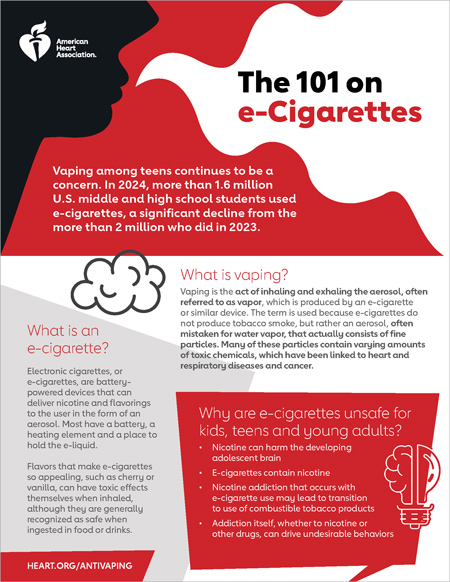

You’ll find them in many everyday and medical products, including asthma inhalers. Propylene glycol and vegetable glycerine are both well studied and considered GRAS (generally recognised as safe). The ingredients in vapour consist of four elements: Propylene Glycol, Vegetable Glycerine, Nicotine and flavourings. In fact, the ingredients used are fairly simple, and vape expert Professor Siegel has pointed out in the past that we know more about what’s in vapour than we do about tobacco smoke. We’re often told that we don’t know what’s in vape juice. With the disruptive vaping industry constantly on the attack, it’s important not to create further confusion with the use of terms like this. In contrast to e-liquid, vaporising these oils could potentially lead to serious health problems. The problem is that while vaping is considered by be around 95% safer than smoking tobacco cigarettes, that doesn’t apply to certain oils – specifically essential oils that have been dissolved in an oily solvent. The word oils aren’t commonly used by experienced vape users, but they are commonly used by those less au-fait with the vocabulary of vaping. But where semantics could be more important is with the word oils. Ultimately, it doesn’t matter whether you use the word vape juice or e-liquid. Find out more about vape juice with this infographic by UK vape company E-Cigarette Direct. The latest trend is the use of the word vape juice, which is rapidly catching up with the term e-liquid. (You can find out more about these terms in my glossary here. Vape is increasingly replacing the word e-cigarette, tanks have come to be used instead of clearomiser – and hardly anyone talks about atomisers any more. Unauthorized use prohibited.One thing old timers (like me?) in the vape industry have had to deal with is the continual change in the vocabulary of vaping. © Copyright 2019 American Heart Association, Inc., a 501(c)(3) not-for-profit.

Put graphic warning labels and nicotine concentration info on all products.Ban flavors and sweeteners to reduce appeal to kids.
#Vaping infographic movie#
Restrict marketing efforts like celebrity endorsements, movie placements, price promotions, event sponsorship's and merchandise branding.We need stronger regulation of the design, manufacturing, sales and marketing of all tobacco products. Reaching the tobacco endgame and preventing use by kids and young adults will require strong government oversight. They fund organizations and groups that claim to address the tobacco epidemic but instead divert attention from proven measures.They support watered-down and less effective tobacco-control measures as a public relations ploy.They target products and promotions to youth and at-risk populations.They spend millions lobbying lawmakers to oppose such policies.They fund lawsuits to prevent or weaken tobacco-control policies.Tobacco companies have grown bolder in their efforts to keep people addicted and misinformed: There is evidence that kids and young adults may transition from these products to cigarettes and other drugs.But they can deliver much higher concentrations of addictive nicotine than traditional cigarettes. Some don’t even realize they contain nicotine. Many adolescents falsely believe these new products are safe.

But if someone has not started using tobacco by age 26, they are likely to never start. Nearly 90 percent of smokers first try a tobacco product by age 18.They are the most popular tobacco product used by adolescents. 1 in 4 high school age kids now report using e-cigs (vaping).Not only are more kids and young adults using e-cigarettes, they are using them more often.They are gaining popularity, especially with kids and young adults. This could save millions of lives.īut e-cigarettes and other products like cigarillos, hookah and smokeless tobacco pose a significant threat. The tobacco endgame – the path to ending tobacco use and nicotine addiction in the U.S.
#Vaping infographic pdf#


 0 kommentar(er)
0 kommentar(er)
